The US is developing tech used by Ace Combat 7’s Arsenal Bird
- By Alex Hollings
Share This Article
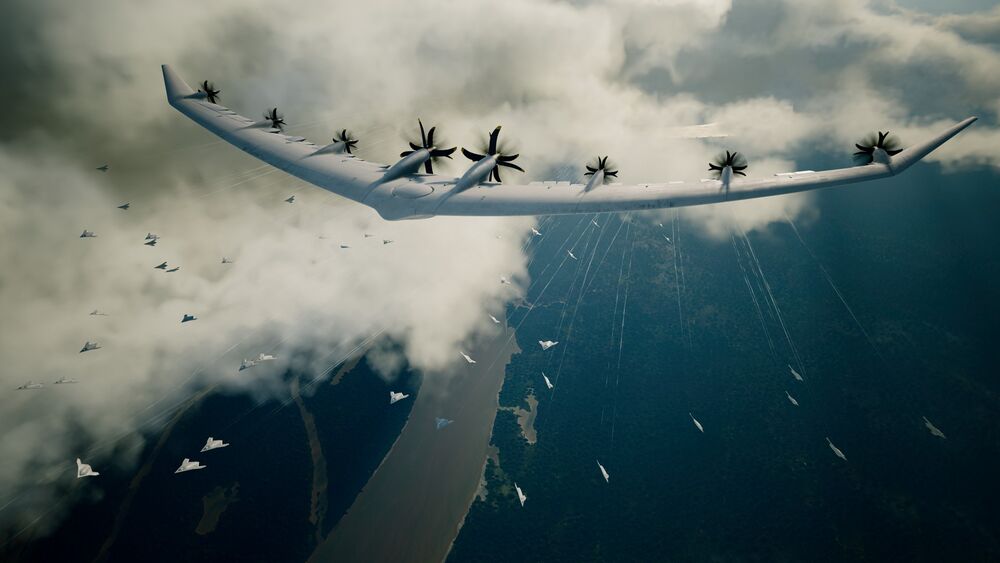
Most hardcore aviation buffs tend to gravitate toward highly realistic flight simulators like Digital Combat Simulator (DCS). When they feel the gaming itch, games, like the somewhat cartoonish — but extremely entertaining — Ace Combat series, often seen as more of a guilty pleasure than an exploration into the reality of aerial warfare.
But if you know where to look, the latest entry in the series, “Ace Combat 7: Skies Unknown,” actually offers a sometimes downright insightful glimpse into some very real possibilities for the future of air combat. In fact, the game’s seemingly most ridiculous platform, the massive Arsenal Bird, leverages a number of technologies that are currently in real development within America’s Defense Department.
Ace Combat 7: Skies Unknown isn’t very realistic at first glance
![Ace Combat 7 - Mission 6 Demo with F-35C [TGS, Japanese Audio] - YouTube](https://i.ytimg.com/vi/efYsYtoqIfg/maxresdefault.jpg)
Mastering the flight controls of the A-10 in DCS (like my good friend Mason) might make you well-versed in the real complexities of operating a combat aircraft, but Ace Combat‘s analytical value is harder to divine.
To be clear to those who haven’t played the game, it isn’t very realistic. As one glaring example, the F-35C isn’t likely to fly into combat with 50 or more air-to-air missiles stacked in its weapons bays any time soon. But if you can look past the exaggerated elements, Ace Combat offers a creative look at what some real technology may one day be able to.
So, while playing Ace Combat may not teach you much about the jets you’re flying, the munitions they leverage, or the complexity of fighter operations… it may still serve as a very effective thought exercise into the challenges pilots may find themselves facing if mankind makes a return to globe-spanning conflicts in the 21st century. Among the most important is the pressing question of how to deny the enemy access to your airspace.
Related: The S-400 myth: Why Russia’s air defense prowess is exaggerated
What is the Arsenal Bird and how realistic is it?
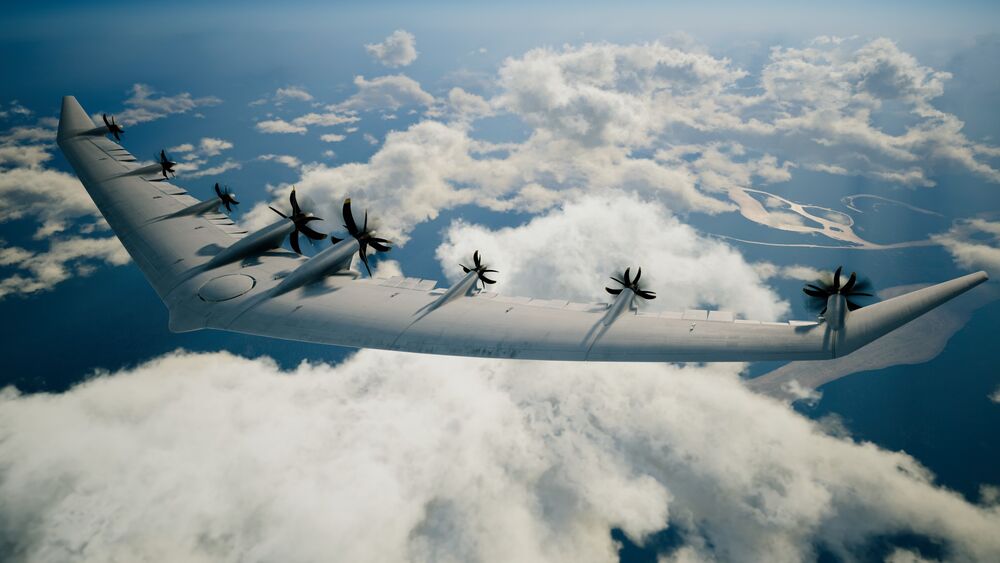
Ace Combat 7‘s Arsenal Bird, formally known within the game as the Aerial Arsenal Ship, is an absolutely massive air dominance powerhouse that players have to square off with to different extents throughout the game. It leverages a combination of drones and medium-range air-to-air missiles to control the airspace it occupies, thanks in no small part to a very fictional shield the platform can generate to protect itself from attack.
The electric-prop-driven flying wing stretches a mind-boggling 3,600 feet across. That’s about the same as 21 of America’s flying wing bombers, the B-2 Spirit, or 16 of America’s largest cargo aircraft, the C-5M Super Galaxy.
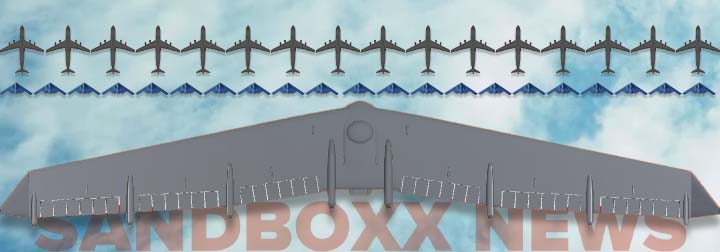
(While we put this graphic together, the Arsenal Bird used in this image comes from SimplePlanes.com)
The gargantuan aircraft serves as both an air-to-air missile-packing arsenal ship and a flying aircraft carrier, equipped with 80 “MQ-101” drones that appear to be modeled after Northrop Grumman X-47B, folding wings and all. And if the missiles and drones don’t get you, the onboard laser turrets will.
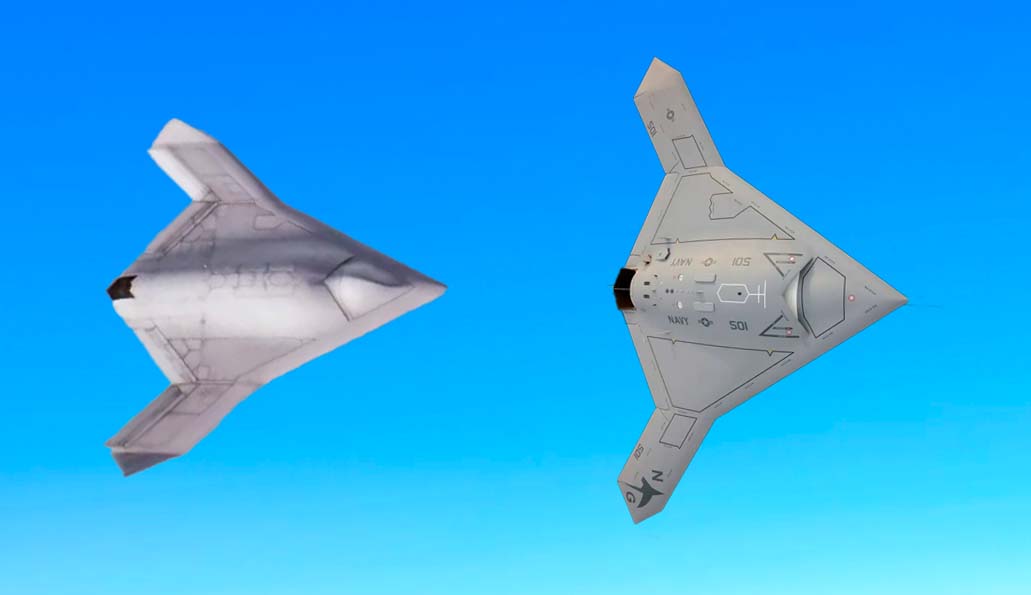
The size of the Arsenal Bird isn’t just unrealistic because of the challenges of getting such a platform into the air, but also because of its massive resource requirements. One of the most common arguments against traditional forms of arsenal ships in real life—aircraft or warships equipped with a vast quantity of missiles to serve as magazines for other platforms—is that they become significant targets. If, for instance, a future arsenal ship aircraft was equipped with 20 of the Air Force’s latest hypersonic missiles, shooting one down wouldn’t only cost Uncle Sam the aircraft, but also as much as $2 billion to replace the missiles themselves.
The logistical and support requirements for such a gigantic airframe would also be immense, but the aircraft itself was actually designed (in-game) to remain airborne. According to the Ace Combat wiki, it’s powered via microwave energy transmitted wirelessly from a massive facility (and space elevator) dubbed “Lighthouse,” and receives other supplies via flying supply ship — not entirely unlike resupply operations at sea for aircraft carriers.
An aircraft of such massive proportions may be unlikely any time in the foreseeable future, but the way in which the Arsenal Bird dominates the airspace it occupies is actually in keeping with a number of ongoing developmental programs, and even hints at some of America’s most secretive ones.
Related: America’s plan to build 747 arsenal ships packed with cruise missiles
The real cutting-edge tech that could make something like the Arsenal Bird a reality
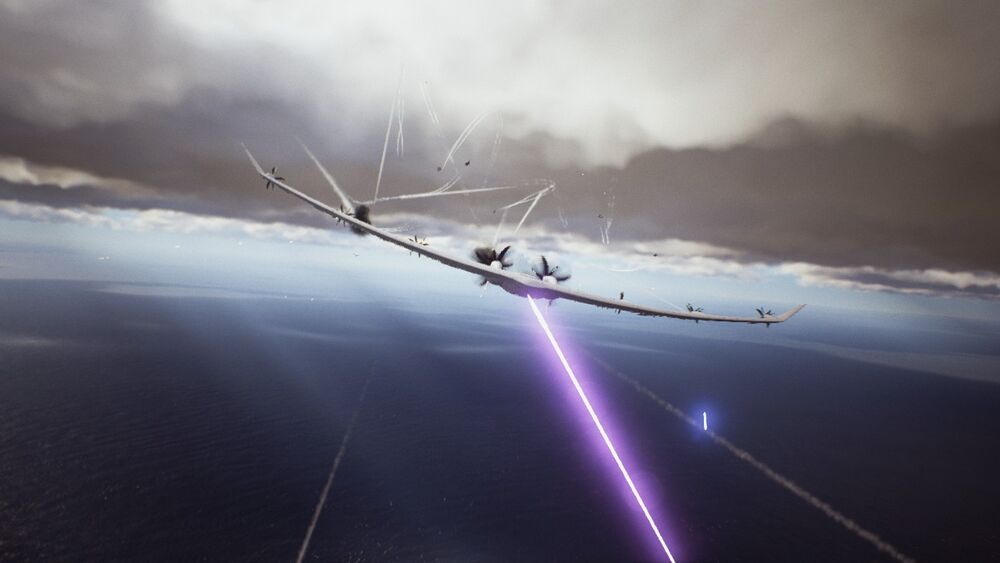
While the size of Ace Combat 7’s Arsenal Bird may not be very realistic with today’s technology, some of the other seemingly far-reaching tech on display in the game may not be as far off as you might think. From its propulsion systems to its recoverable drones, platforms like the Arsenal Bird may eventually replace highly agile intercept fighters sent to engage with encroaching enemy aircraft.
Here are some of the systems we can see in use by the Arsenal Bird in-game, alongside the very real Defense Department programs aiming to field similar capabilities:
Transmitting power to aircraft via microwave beams from the ground
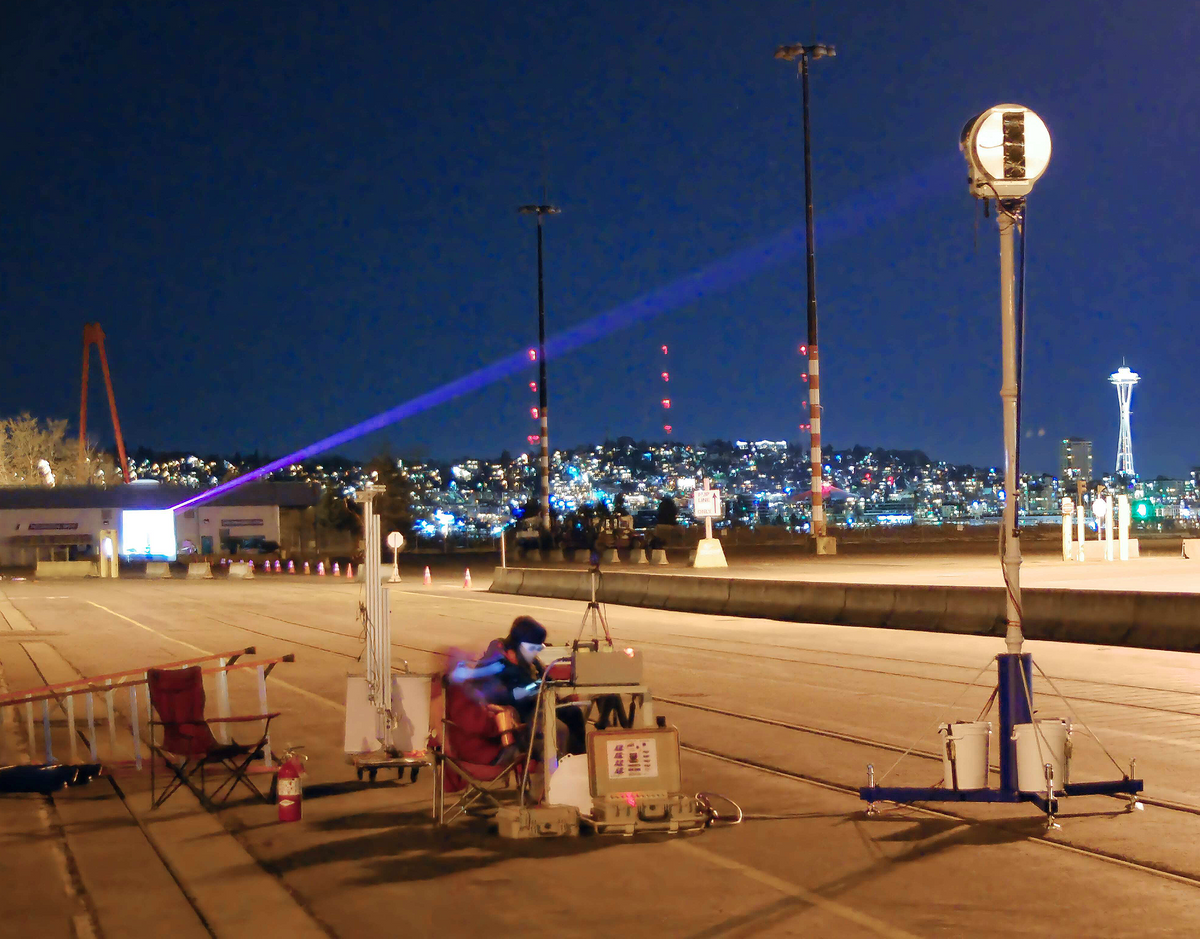
The massive Arsenal Bird doesn’t need to be refueled by tankers to stay airborne thanks to a direct beam of microwave energy transmitted to the aircraft’s rectifying antennae (an antenna used to convert electromagnetic energy into DC current). This concept, commonly known as “power beaming,” isn’t science fiction—it’s science fact.
In April of 2022, a team of researchers from the U.S. Naval Research Laboratory’s Safe and COntinuous Power bEaming – Microwave (SCOPE-M) program successfully transmitted 1.6 kilowatts of electrical power over a kilometer at the U.S. Army Research Field in Blossom Point, Maryland. Of course, 1.6 kilowatts isn’t enough power to keep a massive aircraft flying, but the experiment was an important proof of concept. In the future, the Defense Department hopes to transmit power to receivers around the world in this fashion via satellite, making it a feasible replacement for diesel generators and much more.
The concept may eventually prove entirely feasible, with current systems already demonstrating 90 percent efficiency or more at converting power into RF waves, and current rectifying antennae (or rectenna) technology can convert those waves back into DC power with 86 percent efficiency.
Flying aircraft carriers are closer to reality than ever
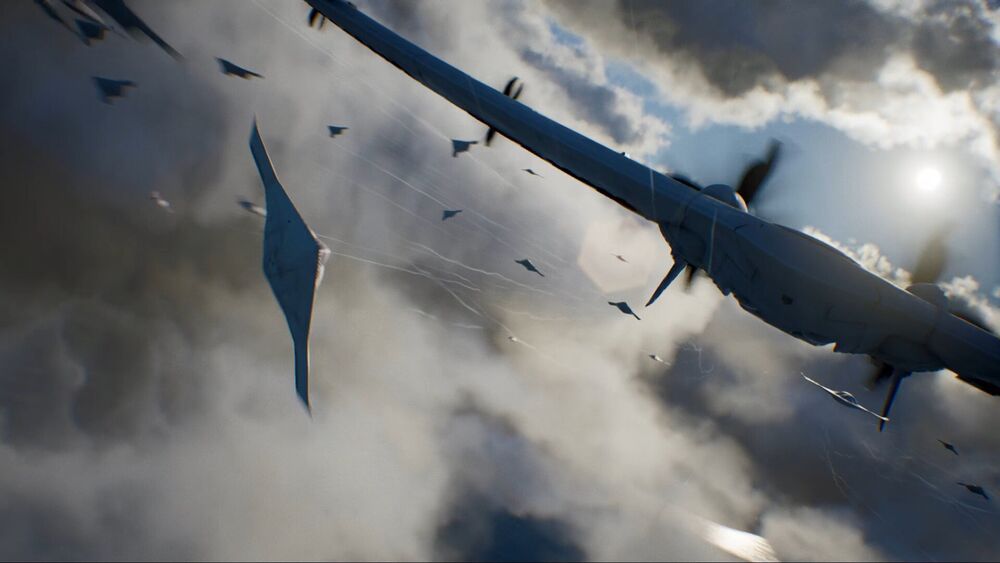
There have been a number of efforts to field flying aircraft carriers in the past. Among America’s efforts were the Boeing 747 AAC (Airborne Aircraft Carrier) and converting the massive B-36 Peacemaker to deploy and recover “parasite” fighters like the XF-85 Goblin.
These historical efforts, however, always relied on deploying crewed fighters and never proved particularly feasible. Today, advanced drone technology, however, has brought the concept of deploying aircraft from aircraft back into vogue.
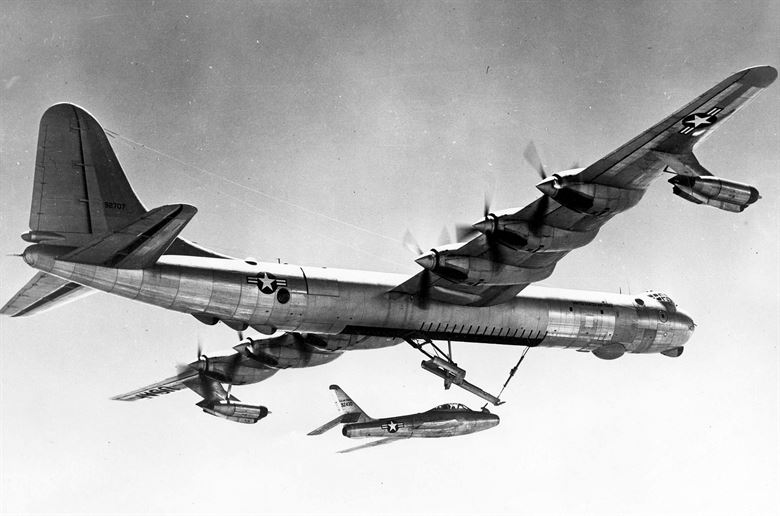
In some ways, programs like Rapid Dragon, which aims to deploy a large volume of low-observable jet-powered cruise missiles from cargo planes like the C-130 and C-17 could be seen as flying aircraft carriers. After all, cruise missiles like the AGM-158B JASSM-ER are effectively suicide drones in themselves. But other efforts, like DARPA’s Gremlins program, go even further. They’re not just deploying drones from cargo aircraft, they’re recovering them in-flight as well.
We could eventually see efforts like DARPA’s Gremlins working in conjunction with programs like Rapid Dragon to completely saturate enemy airspace with low-cost drones and weapons, destroying air defense systems and clearing the way for further operations.
Laser technology could see larger aircraft replace nimble fighters in many operations
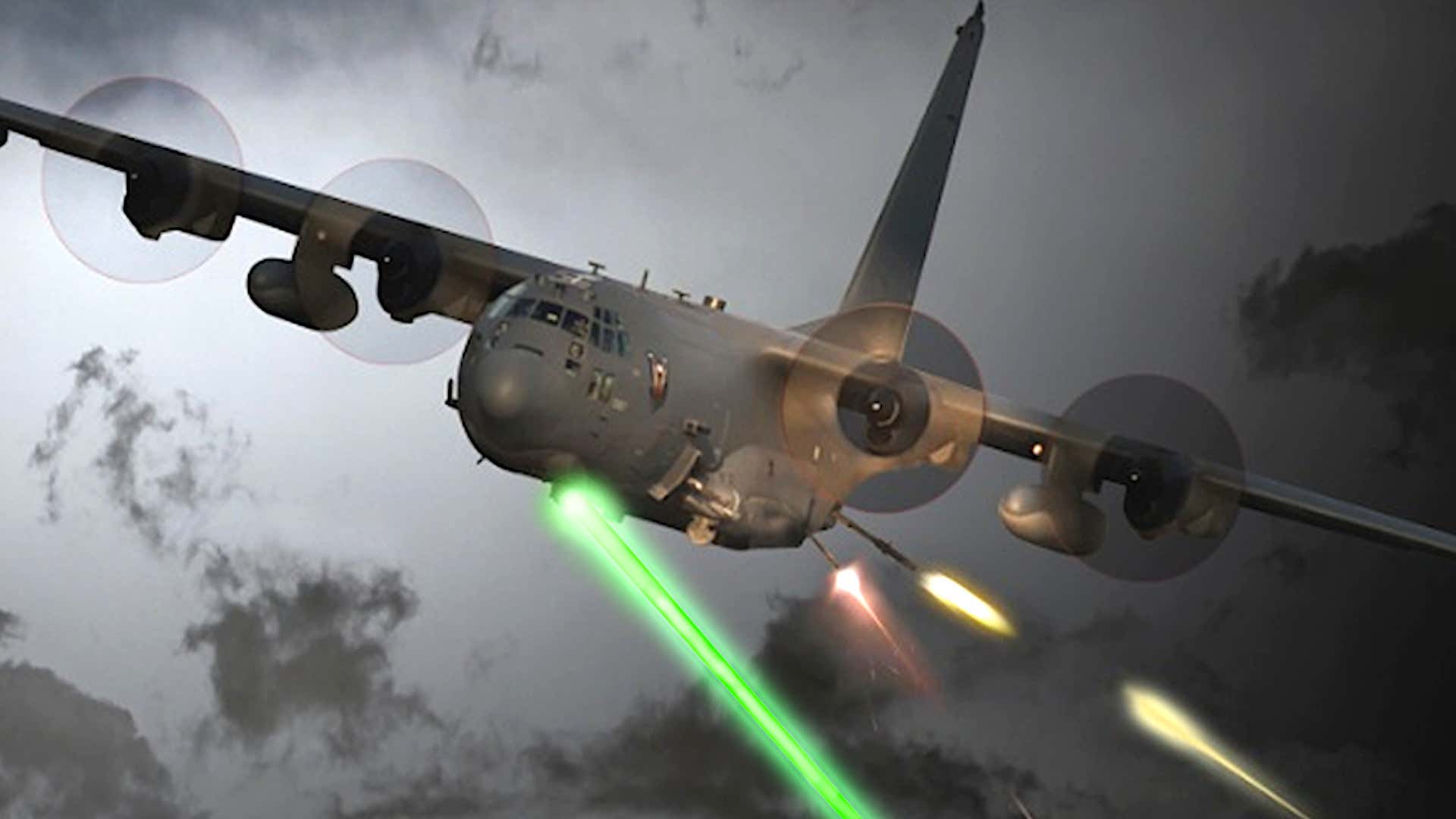
As I write this article, development is ongoing on America’s next generation of combat aircraft, including the Air Force’s forthcoming replacement for the reigning-king-of-the-skies F-22 Raptor, known to date as the Next Generation Air Dominance program, or NGAD. While it seems very likely that this new fighter will offer the speed, altitude, and range we’ve come to expect of an air superiority fighter, just how aerobatic this new jet will be remains to be seen. Most official artist renderings tied to the concept show jets without common fighter design ques like vertical tail surfaces, suggesting that they may be quite a bit stealthier than previous fighters, but that increased sneakiness might come at the expense of the extreme maneuverability we see out of thrust-vectoring dog fighters like the F-22 or Russia’s Su-35.
And that may actually be a sign of a greater shift in America’s approach to dominating the airspace over a battlefield. According to an assessment from the Congressional Research Service updated on June 23, 2022 — the future of air combat might actually look a bit like Ace Combat 7’s Arsenal Bird (though obviously quite a bit smaller).
“NGAD could take the form of a single aircraft and/or a number of complementary systems—manned, unmanned, optionally manned, cyber, electronic—forms that would not resemble the traditional ‘fighter,'” the report reads.
“For example, a larger aircraft the size of a B-21 may not maneuver like a fighter. But that large an aircraft carrying a directed energy weapon, with multiple engines making substantial electrical power for that weapon, could ensure that no enemy flies in a large amount of airspace. That would achieve air dominance.”
Related: What kind of fighter could the latest military tech really build?
We’ll probably never see an aircraft like Ace Combat 7’s Arsenal Bird fly, but we might see elements of it in the near future
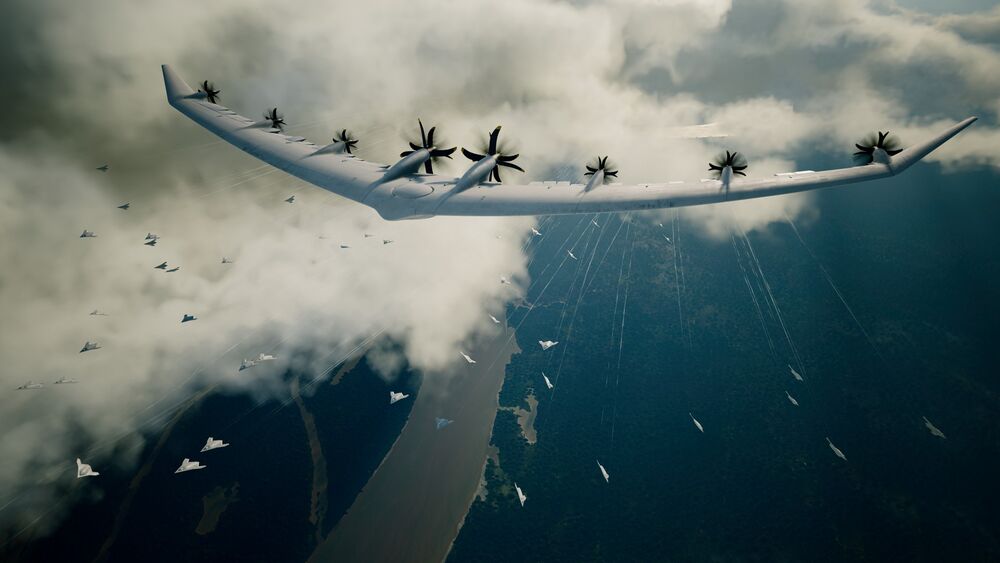
To be clear, the Arsenal Bird depicted in Ace Combat 7 isn’t a glimpse of things to come, but it is a glimpse into hypothetical applications for very real technology, and in fact, for programs that are currently in active development.
That isn’t to say that the future of airpower will look like Ace Combat’s massive boss-battle in the sky, but it seems increasingly likely that larger aircraft deploying and recovering drone swarms, leveraging laser weapons to intercept missiles and aircraft, and potentially even being powered by ground or space-based microwave transmitters might transition from science fiction to operational fact in the decades to come.
And maybe by then, well figure out how to stuff 50 missiles into the F-35 too.
Feature image of Arsenal Bird from Ace Combat 7 via Acepedia.
Read more from Sandboxx News
Related Posts
Sandboxx News Merch
-

‘AirPower’ Classic Hoodie
$46.00 – $48.00 Select options This product has multiple variants. The options may be chosen on the product page -

‘Sandboxx News’ Trucker Cap
$27.00 Select options This product has multiple variants. The options may be chosen on the product page -

‘Kinetic Diplomacy’ Bumper Sticker (Black)
$8.00 Add to cart

Alex Hollings
Alex Hollings is a writer, dad, and Marine veteran.
Related to: Airpower
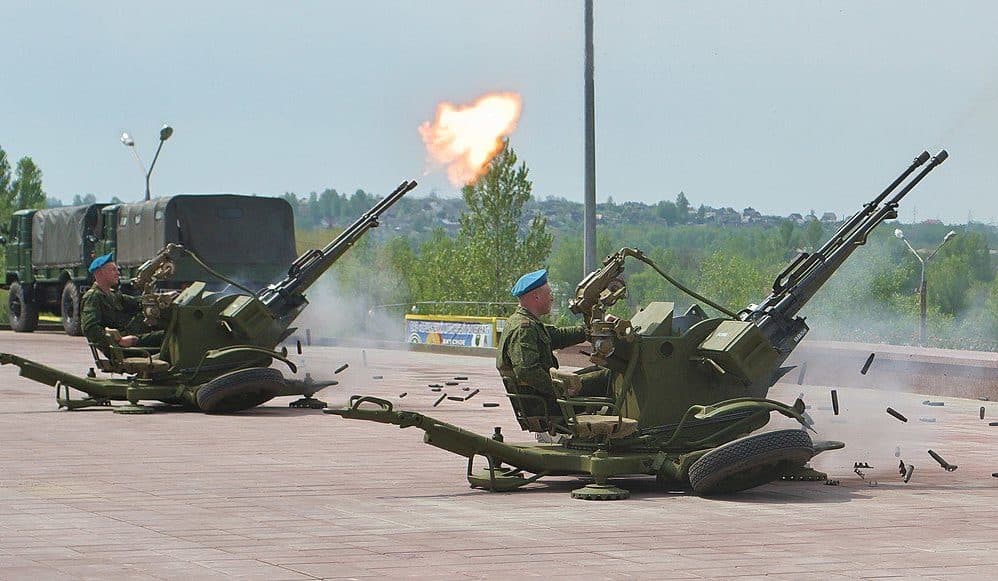
A Green Beret remembers his favorite foreign weapons
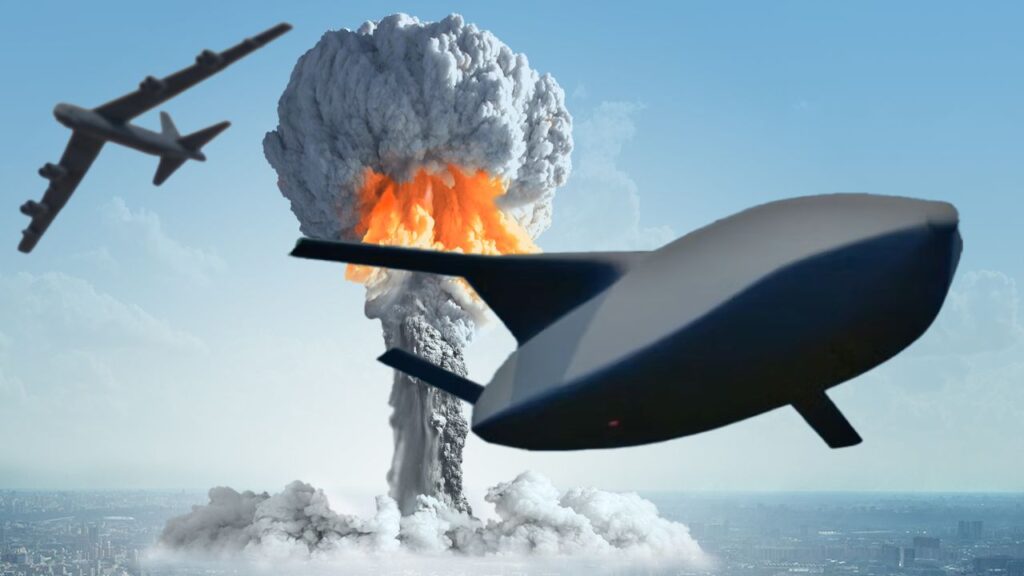
The AGM-181 LRSO missile will modernize America’s nuclear triad
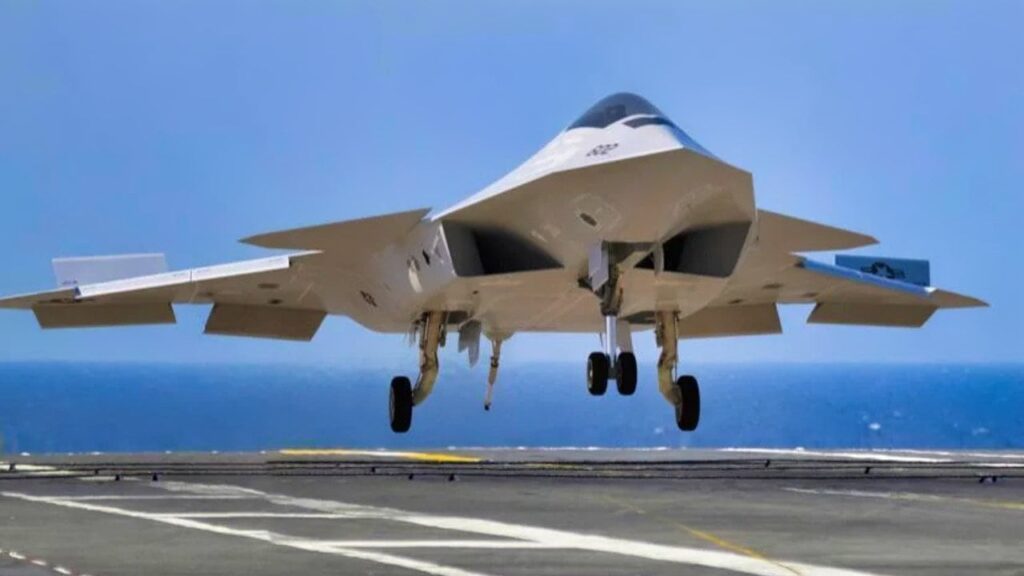
Navy will soon announce the contract award for its F/A-XX 6th-generation jet, according to reports
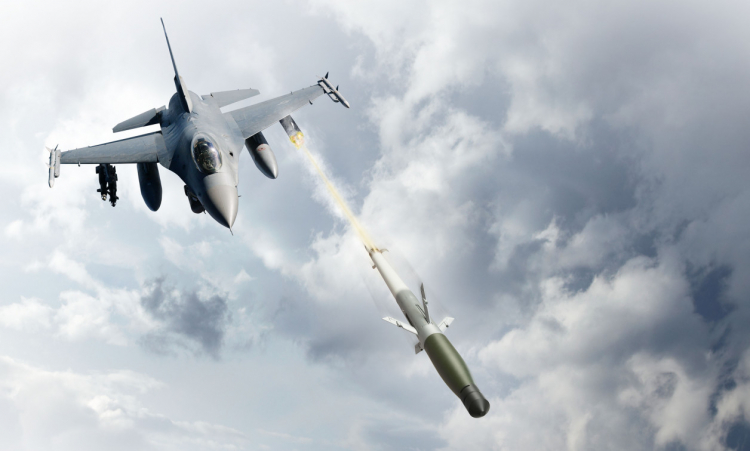
America’s new air-to-air missile is a drone’s worst nightmare
Sandboxx News
-

‘Sandboxx News’ Trucker Cap
$27.00 Select options This product has multiple variants. The options may be chosen on the product page -

‘AirPower’ Classic Hoodie
$46.00 – $48.00 Select options This product has multiple variants. The options may be chosen on the product page -

‘AirPower’ Golf Rope Hat
$31.00 Select options This product has multiple variants. The options may be chosen on the product page -

‘Sandboxx News’ Dad Hat
$27.00 Select options This product has multiple variants. The options may be chosen on the product page
